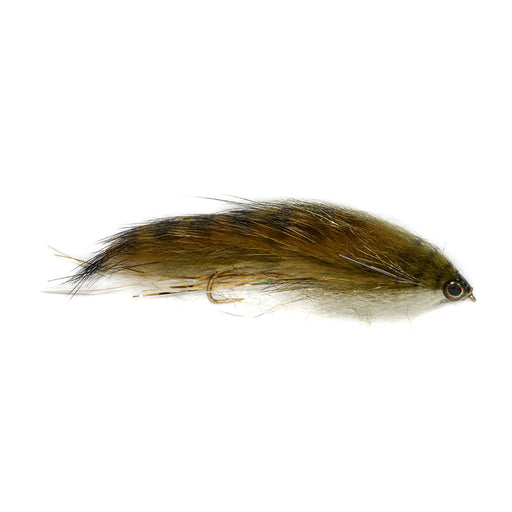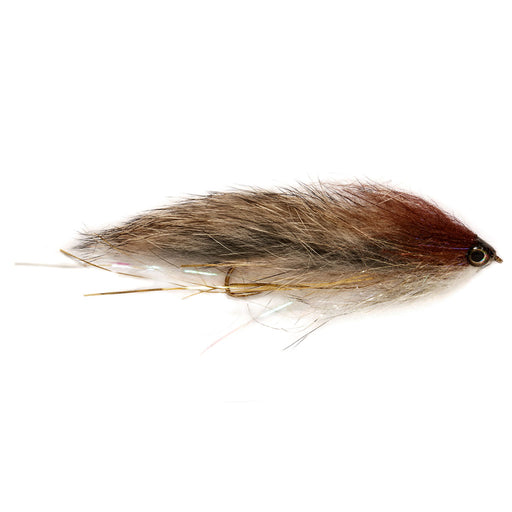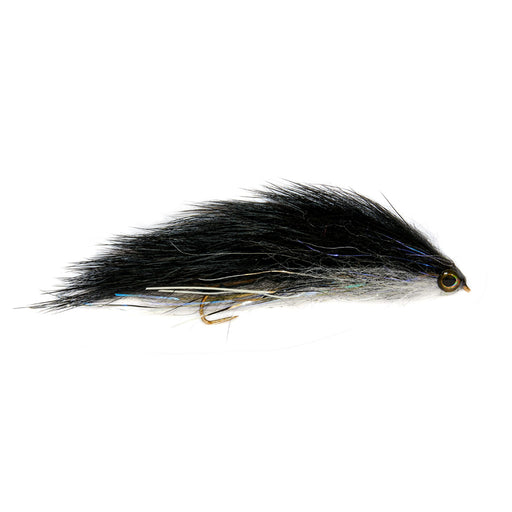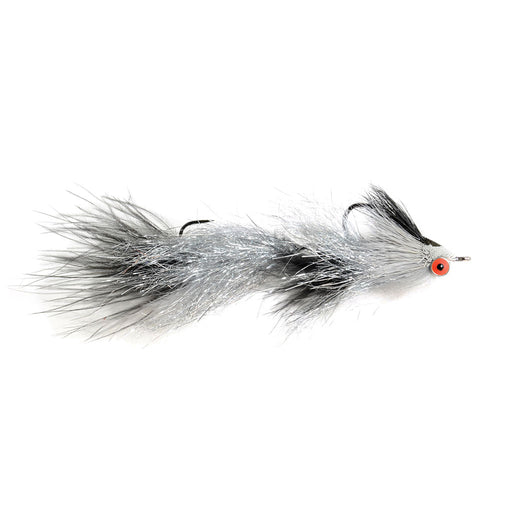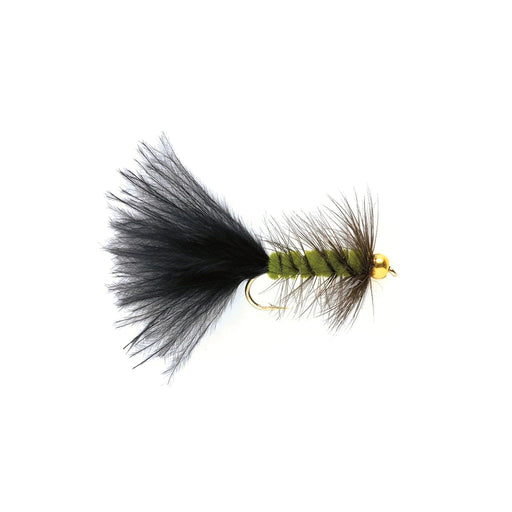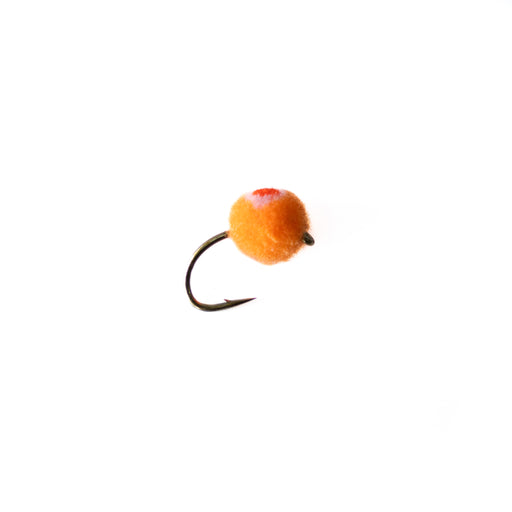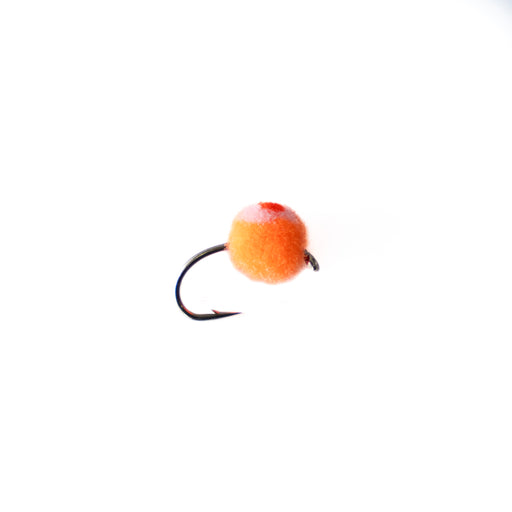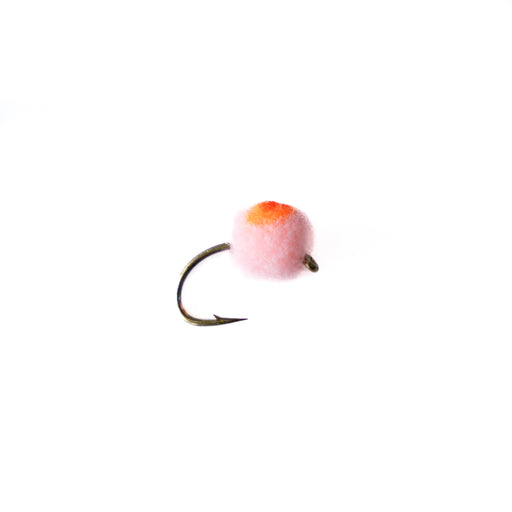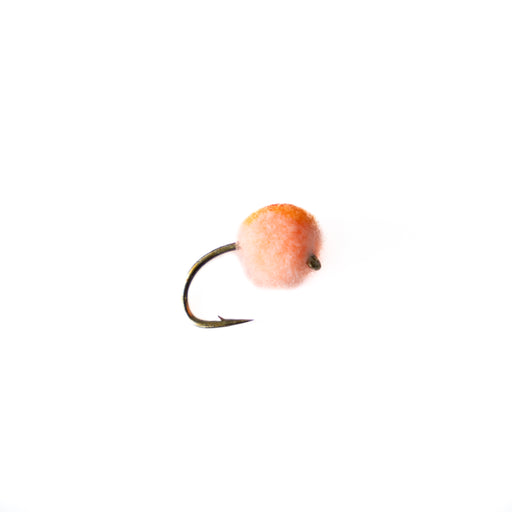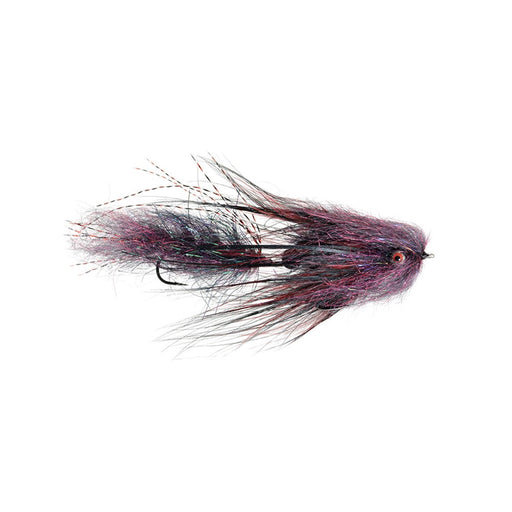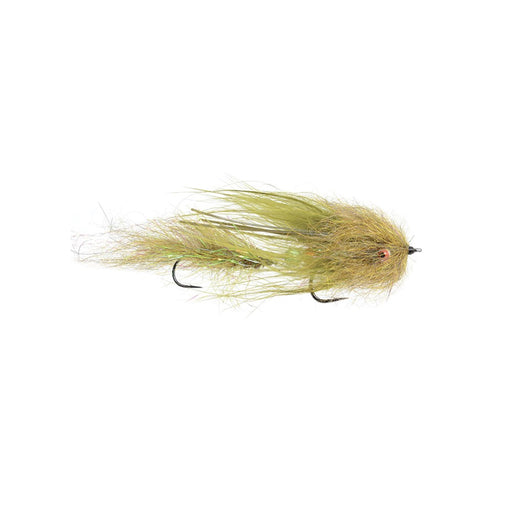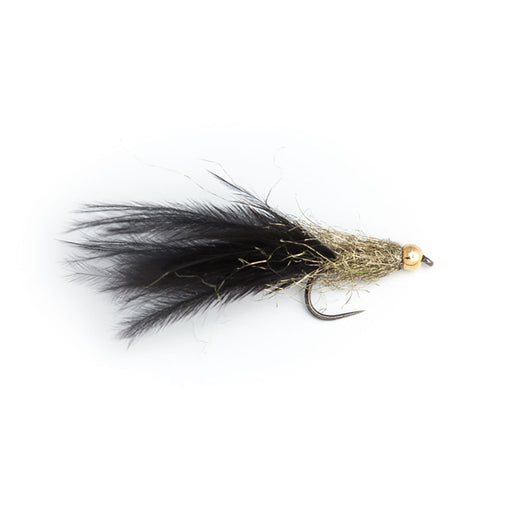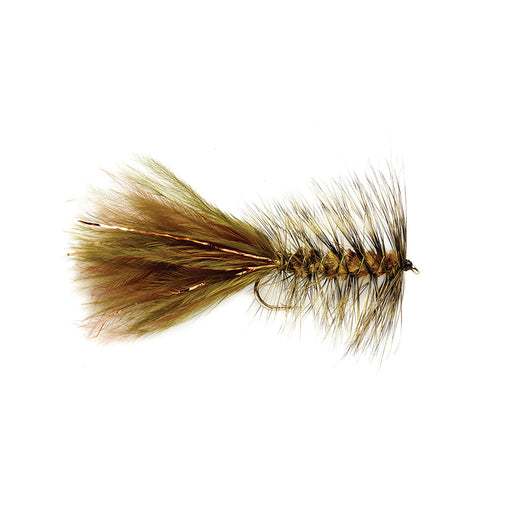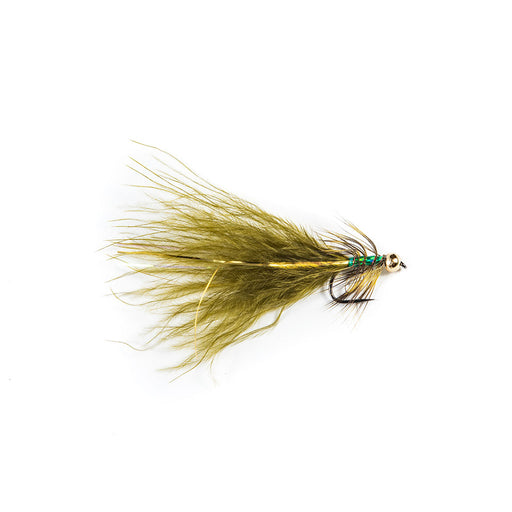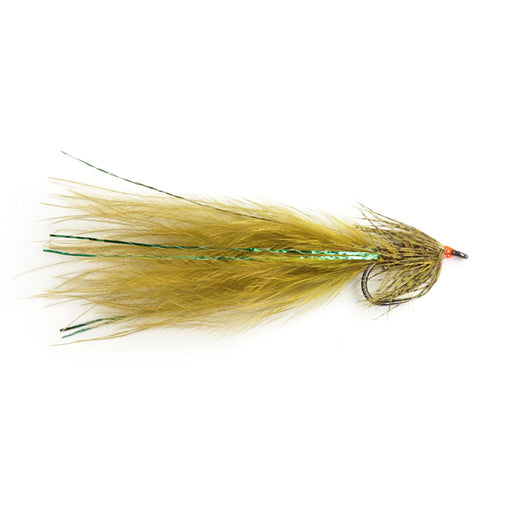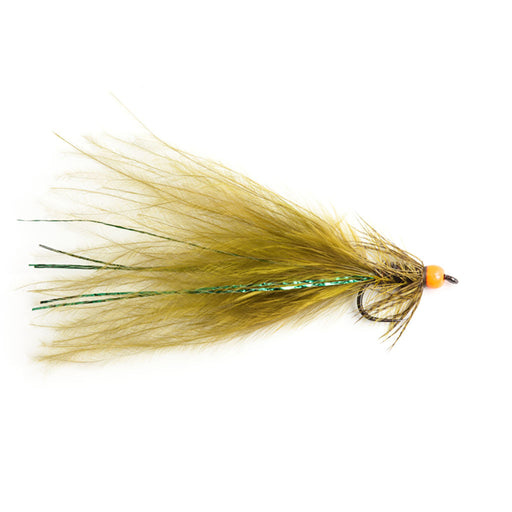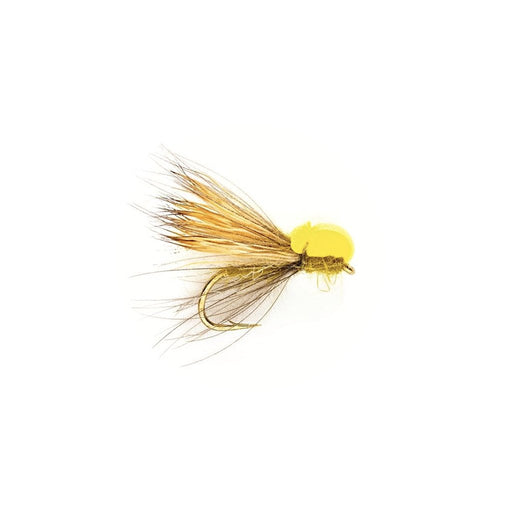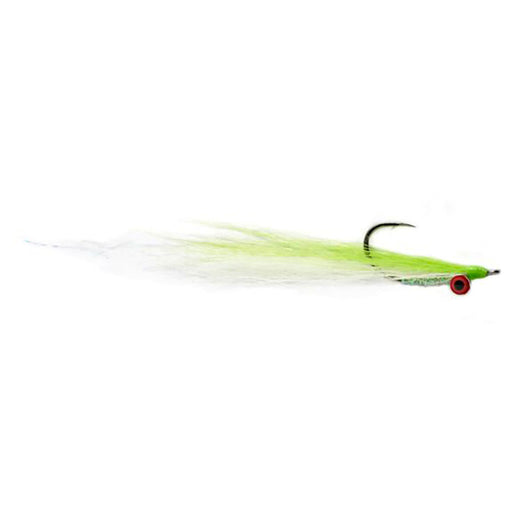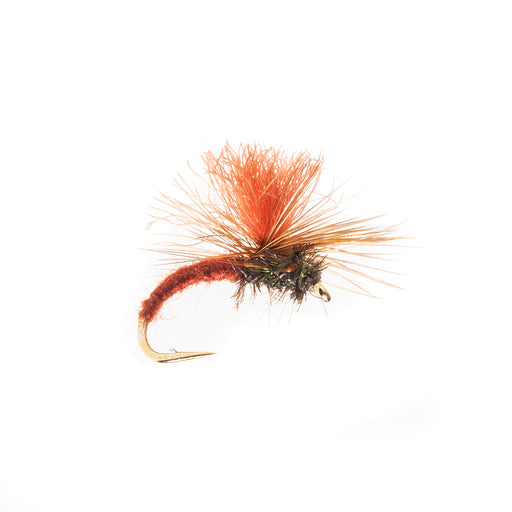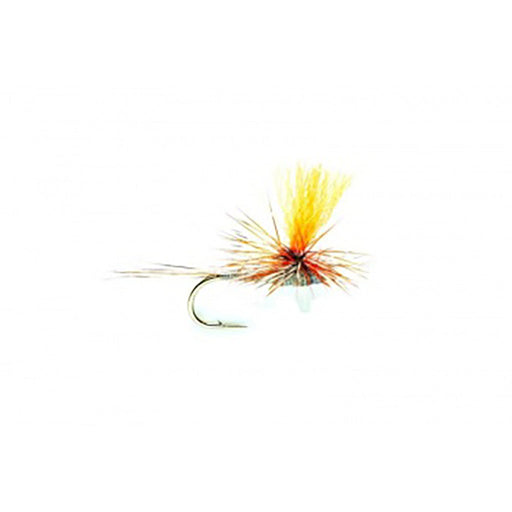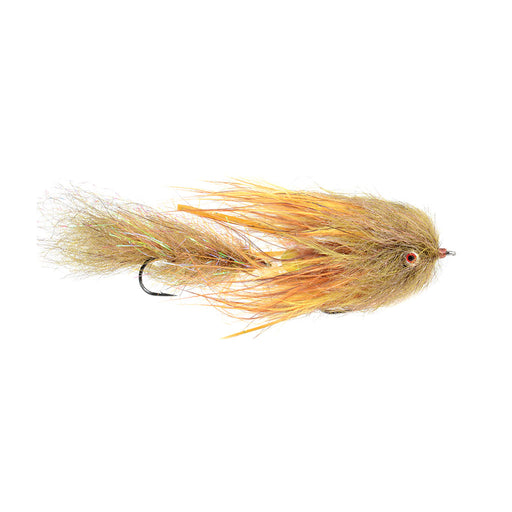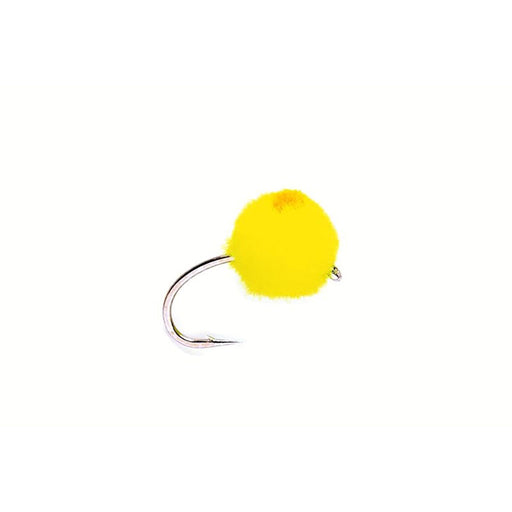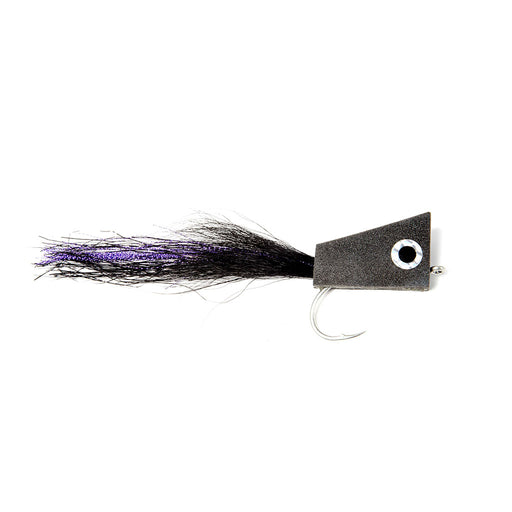
Fly Fishing Gear | Fly Fishing Flies | All
Your fly should be the only thing the fish sees; make it the right one.
At Tom's Outdoors, we boast a huge collection of fly fishing flies from Fulling Mill, MFC, RIO and Catagory 3 Fly Company - We handpick flies that are suitable for use in our local area, around Australia and across the ditch (or dutch as our Kiwi cousins would say).
Click here to read more...
WHAT TYPES OF FLIES ARE BEST FOR TROUT?
There are three main types of artificial flies in freshwater trout fishing, Dry flies, Nymphs and Wet flies (aka streamers) that anglers use to represent most of what trout eat.
- Dry flies: Designed to stay ‘dry’ and float on the water's surface, either representing an insect that has ‘hatched’ out of the water, like a Mayfly-Dun or a Caddis, or representing an insect that has fallen onto the water (terrestrial insects) like a Grasshopper. These flies are generally fished drifted along naturally in the current.
- Nymphs: Represent the aquatic juvenile phase of a water-born flying insect, like a Mayfly-Nymph, Caddis-Grub, or Stonefly-Nymph, and are fished throughout the water column from just under the surface film to the bottom, sinking with the aid of built-in or external weight. Nymphs are generally drifted naturally with the current, as well as being given some small movement underwater from time to time.
- Wet flies (or Streamers): Fished below the water's surface, these flies often imitate larger invertebrates like crayfish (yabbies), mud-eye, and damselfly, as well as larger vertebrates like frogs, baitfish, and even other small trout. They are generally fished quite aggressively through the current to imitate the darting fleeing nature of these prey items.
HOW TO CHOOSE A FLY
The three main things to consider when looking at selecting any fly are Profile, Movement, and Colour, in that order.
- The profile of the fly is one of the first things that a fish sees from a distance and will let them know if they are looking at viable prey; you want to match the size and shape of the food item you are imitating.
- Movement is the next thing that triggers a fish into eating your fly, whether it is slight movement that is ‘built into’ the fly like a soft hackle feather or how the fly reacts when moved through the water, such as the long tail made of marabou on a woolly-bugger.
- Finally, colour is a consideration, but not as important as most people would assume. Fish see colour differently from people and although it can be useful to have a fly in a range of colours, you can generally stick with bright, dark, or natural colours.
A note on ‘Ultra-Violet Hot-Spots’: one important consideration is does your fly have ultra-violet materials built into it? This is often an excellent extra trigger that results in getting fish to eat the flies as many fish species hunt in the Ultraviolet spectrum.
ATTRACTOR-PATTERNS VS IMITATIVE-PATTERNS.
Attractor patterns are designed to suggest life and movement without trying to match exactly one type of food or prey item. Imitative patterns are tied to try and look as much like the real thing as possible. They are both important styles to keep in mind when selecting effective flies for any situation. In general, the longer a fish will get to look at your flies, i.e. fishing very slowly on a lake or sand flat in clear water, the more imitative a fly should be. The less time a fish will see you fly, i.e. fishing a fast-flowing river or stripping a fly quickly through the water column the more of a general attractor a fly can be, the best flies generally have a mix of both!
Here at Tom’s we also stock all the necessary flies for targeting Australian Native Freshwater and Saltwater species. We have flies for Murray-Cod, Australian-Bass, Golden Perch, Flathead, Australian Salmon, Bream, Golden trevally, GT’s, Tuskies, Permit, and pretty-well any other species you’d care to throw a fly at, even carp... (unfortunately) - Native Freshwater and Saltwater patterns often fall into Surface (Floating) or Subsurface (Sinking) categories, most of which are fished actively to imitate the movement of the prey they represent. A typical surface fly would be a popper, which can imitate a frog or mouse ‘blooping’ across the surface, or even a wounded baitfish attempting to escape from a rocky ledge. Subsurface flies can range from patterns that represent baitfish all the way through to crayfish, crabs, shrimp and even drifting seaweed.
NEED HELP CHOOSING FLIES? CONTACT US TODAY
Simply get in touch with our friendly sales team – they’re always up for a chat. You can contact us by calling our Tumut store on (02) 6947 4062 or by email.
Fulling Mill Snake-Bait Barbless - Olive
Fulling MillHate to step on one, love to fish with one! One downside to living in the best country in the world is the snakes... Thankfully, snake flies are he...
View full detailsFulling Mill Snake-Bait Barbless - Natural
Fulling MillHate to step on one, love to fish with one! One downside to living in the best country in the world is the snakes... Thankfully, snake flies are h...
View full detailsFulling Mill Snake-Bait Barbless - Black
Fulling MillHate to step on one, love to fish with one! One downside to living in the best country in the world is the snakes... Thankfully, snake flies are h...
View full detailsFulling Mill Artic Trout Slider - Silver
Fulling MillThe mother of all streamers! The Silver Artic Trout Slider is the fly you tie on when the big browns are firing, and you want to watch the fly get ...
View full detailsFulling Mill Woolly Bugger Olive (Gold Nugget)
Fulling MillIt's a bead-head woolly bugger, it catches everything. We could try to write a description but it would essentially be about every fish that swims...
View full detailsCategory 3 U Egg - Steelhead Orange / Late Pink
Category 3 Fly CompanyIf the Kiwis do anything better than anyone else, it’s eggs. The new range of egg flies from Category Three crams so much eggy goodness into each f...
View full detailsCategory 3 U Egg - Orange / Late Pink
Category 3 Fly CompanyIf the Kiwis do anything better than anyone else, it’s eggs. The new range of egg flies from Category Three crams so much eggy goodness into each f...
View full detailsCategory 3 U Egg - Late Pink / Orange
Category 3 Fly CompanyIf the Kiwis do anything better than anyone else, it’s eggs. The new range of egg flies from Category Three crams so much eggy goodness into each f...
View full detailsCategory 3 U Egg - Early Girl / Steelhead Orange
Category 3 Fly CompanyIf the Kiwis do anything better than anyone else, it’s eggs. The new range of egg flies from Category Three crams so much eggy goodness into each ...
View full detailsFulling Mill Cheech Leech - Black/Red
Fulling MillThis Fly is Fun; Like Cheech and Chong The Cheech Leech is a cool fly to chuck. Lightweight to quickly shed water on the backcast but tied with eno...
View full detailsFulling Mill Cheech Leech - Olive
Fulling MillThis Fly is Fun; Like Cheech and Chong The Cheech Leech is a cool fly to chuck. Lightweight to quickly shed water on the backcast but tied with eno...
View full detailsFulling Mill Christopher Bassano's Flashy Humungous
Fulling Mill AUCatch Humungous amounts of fish. By today's streamer standards, the Flashy Humungous is on the minuscule end. But don't let that fool you, this fly...
View full detailsFulling Mill Woolly Bugger Grizzly
Fulling MillThe Original Marabou streamer. Woolly buggers have become one of the most productive flies throughout history for a variety of species. The simple ...
View full detailsFulling Mill Christopher Bassano's Shrek
Fulling Mill AUA fantastic streamer pattern that's hard to refuse to a hungry trout. Ideal for lakes and rivers, Bassano's Shrek works when stripped, dead-drifte...
View full detailsFulling Mill Christopher Bassano's McGoo Unweighted Orange UV
Fulling Mill AUAn extremely effective streamer pattern for lakes and rivers alike. This fly is brilliant at imitating a damselfly as well as an attractor which pu...
View full detailsFulling Mill Christopher Bassano's McGoo Tungsten Orange
Fulling Mill AUA perfect lake streamer for cloudy water with a tungsten bead to get down to the fish. A great counterpart to the McGoo Unweighted Orange UV , this...
View full detailsFulling Mill Balloon Caddis - Dry Fly
Fulling MillFloat like a balloon; sting like a Caddis Ok, Caddis don't have stings, but you get the picture. The foam and deer hair overlay of this pattern ma...
View full detailsFulling Mill Salty Clouser Chartreuse
Fulling MillThe Clouser is a tried and tested saltwater pattern that is fished around the world, catching a variety of species. First tied in 1987 by Bob Clous...
View full detailsFulling Mill Klink Rust
Fulling MillKlinkhammer patterns have become a staple Fly pattern, the world over. First tied as an emerging Caddis pattern by Hans Van Klinken, a Dutch fly fi...
View full detailsFulling Mill Spot-On Adams Parachute
Fulling MillThe Parachute Adams fly is synonymous with dry fly fishing, the world over. A pattern you'll find in every fishers arsenal, tied to imitate Mayflie...
View full detailsFulling Mills Blue Winged Olive Para Spot On
Fulling MillMayflies are a huge part of a Trout's diet and there is nothing more exciting, to see trout sipping mayflies off the top. The high vis Blue winged ...
View full detailsFulling Mill Cheech Leech - Fall
Fulling MillThis Fly is Fun; Like Cheech and Chong The Cheech Leech is a cool fly to chuck. Lightweight to quickly shed water on the backcast but tied with eno...
View full detailsFulling Mill Roe Bug Chartreuse
Fulling MillA classic egg pattern in Chartreuse, that's been fished all over the world for Trout and various other Salmonid species. A perfect addition to the...
View full detailsFulling Mill NYAP (Not Your Average Popper) Black
Fulling MillNot Your Average Popper (NYAP) was designed by Alphonse Island guide, James Christmas for Fulling Mill. This simple foam pattern popper, has brough...
View full details

